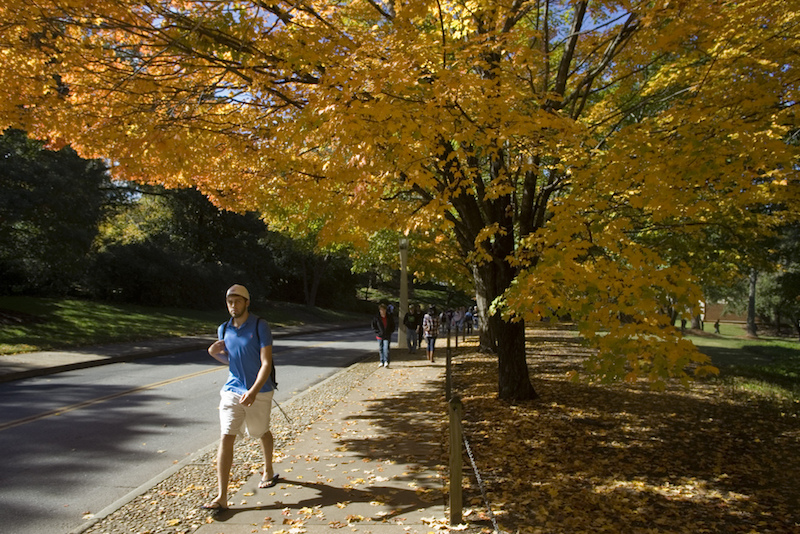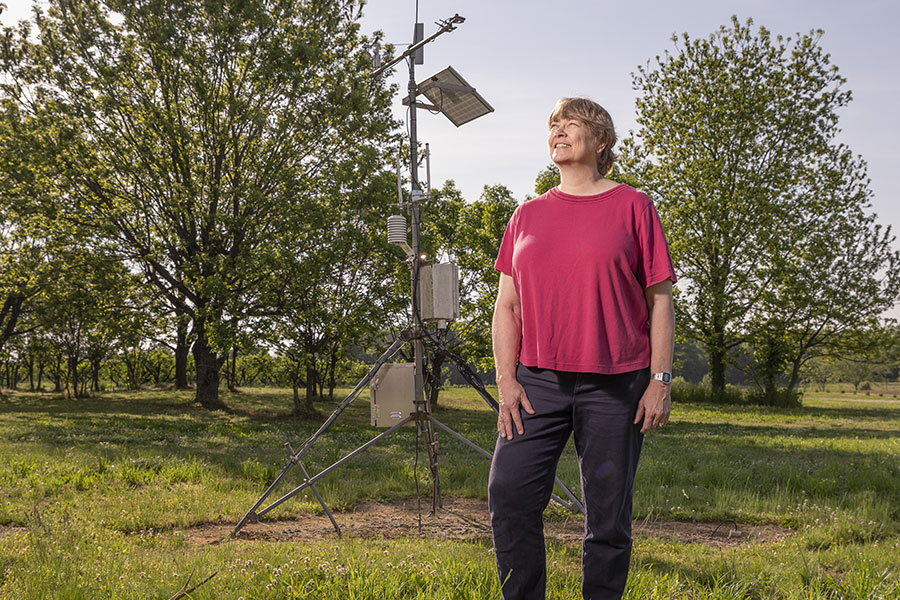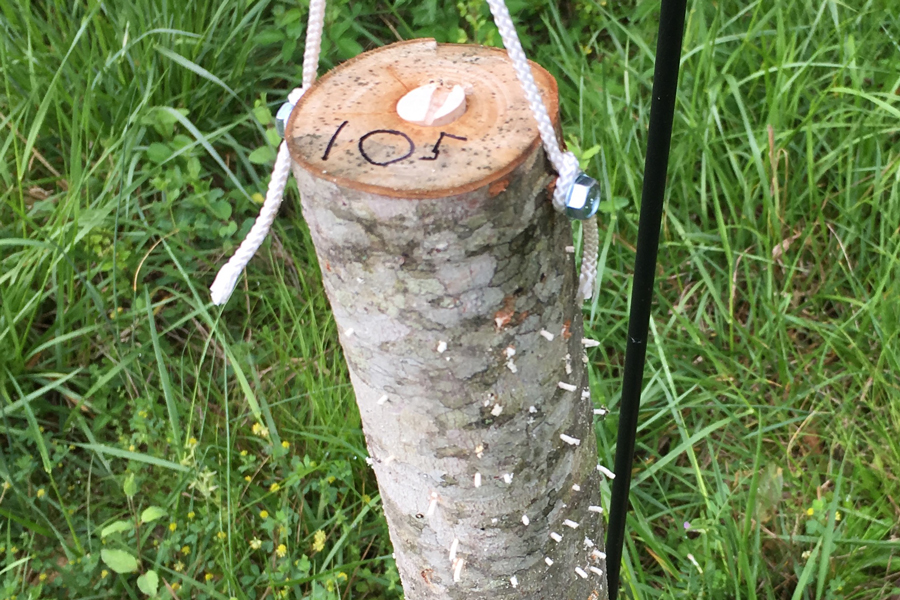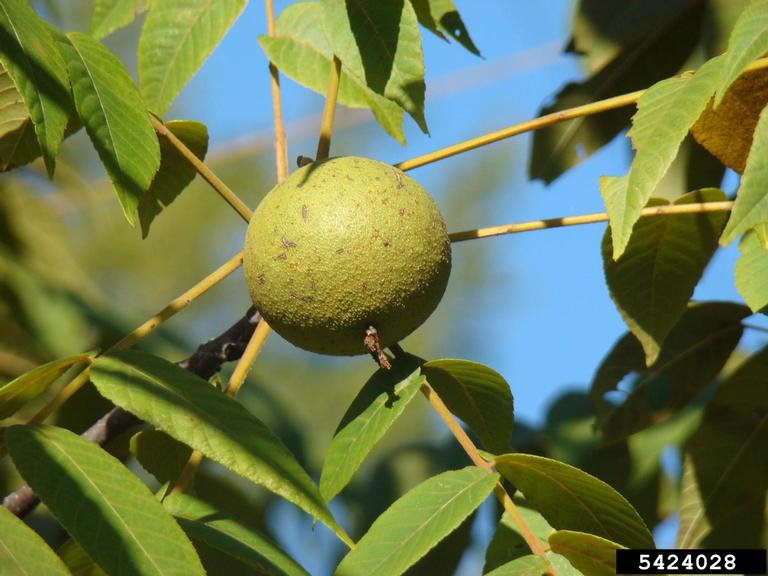Georgia’s Arbor Day comes in February, but fall is the ideal time of year to plant a new tree in your landscape. Trees planted now will have time to produce new roots before they have to supply water to lots of thirsty leaves next spring.
Planting now means the tree will require less maintenance when spring arrives. If you are transplanting a small tree, fall planting is especially important because roots are inevitably damaged and lost when the tree is moved. By transplanting trees now, you ensure that the roots have adequate time to grow and repair themselves before spring. That strong root system increases your odds of successful transplanting.
Trees can be valuable tools for reducing energy costs. Planting strategically placed trees in your landscape can reduce your energy costs over time and improve your landscape. It is not difficult to make a plan that can lead to savings by planting trees.
Buildings, asphalt and concrete absorb solar energy, which results in the emission of longwave radiation that heats the air in developed areas, creating the urban heat island effect. Trees provide energy conservation benefits and offset the urban heat island effect when planted in urban landscapes; for instance, at businesses, in parking lots, along streets and in parks and other green spaces.
Trees distributed across the entire urban landscape can create cooling effects for larger areas by reducing the urban heat island effect. Trees reduce this effect by reflecting green light and absorbing ultraviolet and near-infrared light and converting solar energy into chemical energy through photosynthesis. These measures dissipate the heat.
In contrast, dark surfaces — asphalt, tar, gravel and brick — absorb the majority of solar energy that shines upon them and retain much of this energy for long periods of time. This trapped heat radiates into the surroundings, elevating daytime temperatures and reducing nighttime cooldown.
Trees also create shade when properly placed in urban settings. Shade can reduce energy use in homes, offices and other buildings. Trees planted across urban landscapes provide shade, increase the reflection of radiant energy and reduce absorption of heat by structures and pavement.
Trees conserve energy by:
- Intercepting solar radiation to reduce heat gain by buildings
- Transpiring water from ground to air, cooling the air as water changes phase from gas to liquid
- Blocking and slowing winter winds that create drafts and drawing heat away from buildings
- Providing energy conservation when planted near air-conditioned buildings
“Tree-growing time” is slower than most of us have the patience for, but if you’ve enjoyed the cool shade, beautiful fall color or wind-breaking gift of a tree, you most likely have someone else to thank for it. Consider this when deciding whether to plant a tree. Planting a tree is among the noblest and selfless acts you can do. In many cases, the tree planter will only gain a portion of the expected energy conservation returns, but they reap all of the satisfaction of planting a tree that may outlive them.
For help selecting trees for your landscape, see UGA Extension publication Bulletin 625, “Landscape Trees for Georgia,” at www.extension.uga.edu/publications.





